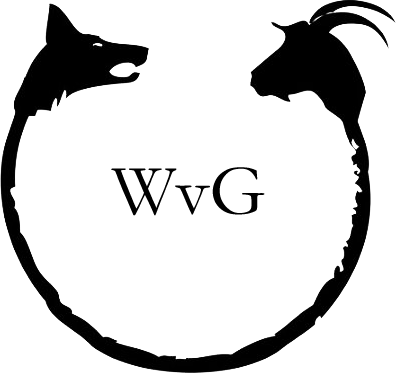
Today denim is ubiquitous, and there’s rarely an occasion where you don’t see someone wearing some form of denim. But where did denim come from? And how did denim come to define America, and become such an important part of American fashion culture?
Jeans originated from the Italian port of Genoa in the 1500s, where the hardwearing fabric used by sailors was called “bleu de Genes” for its indigo color, although they didn’t enter the American consciousness until 1873, when Levi Strauss began manufacturing and selling denim. Based in San Francisco, California, Strauss sold his rugged clothing to enterprising miners who traveled to California hoping to take advantage of the California Gold Rush. Key to Strauss’s success was the use of metal rivets – invented and patented by Jacob Davis, who became a partner of Strauss – which helped reinforce jeans at high wear points, including the crotch and pockets.
The jeans of those days bare little resemblance to modern denim. They were frequently overalls – shoulder straps included – and had large, oversized pockets to hold mining equipment, and a baggy fit that made them suitable for wearing over your normal clothes when clambering around a mine shaft digging for gold.
Until the early 20th century jeans were marketed and sold to tradesmen, farmers and laborers, who, like the miners before them, appreciated how hardwearing the clothing was compared to more delicate, lighter cottons. It wasn’t until the beginning of Hollywood and the rise of Western films that jeans began to enter the popular consciousness. In films like The Virginian (1914) the public first saw denim worn by cowboys, and began to associate denim with the danger and adventure of the mythologized Old West.
During the 1940s and the 1950s, denim underwent two important transformations. First, the cuts of jeans became slimmer and closer fitting, resembling the type of jeans we wear today (there’s a reason why Levi’s 501 model from 1947 is still so popular). And second, denim began to be seen as a symbol of youthful rebellion. Recognizing this, Hollywood began to clothe it’s dangerous young stars in tight-fitting jeans, including Marlon Brando in The Wild One (1953) and James Dean in Rebel Without a Cause (1955).

By the 1960s denim had come to symbolize America. While trendy cuts continued to evolve over the following decades (who can forgot ‘90s baggy jeans?), denim had completed its transformation from the clothing of the workingman to the clothing of everyone.
Today, denim is just as popular. With the popularity of the causal office, jeans are even invading one of the few areas in which they were long banished from : the workplace.
When it comes to denim, Yves Saint Laurent put it best: " I have often said that I wish I had invented blue jeans: the most spectacular, the most practical, the most relaxed and nonchalant. They have expression, modesty, sex appeal, simplicity- all I hope for in my clothes."

